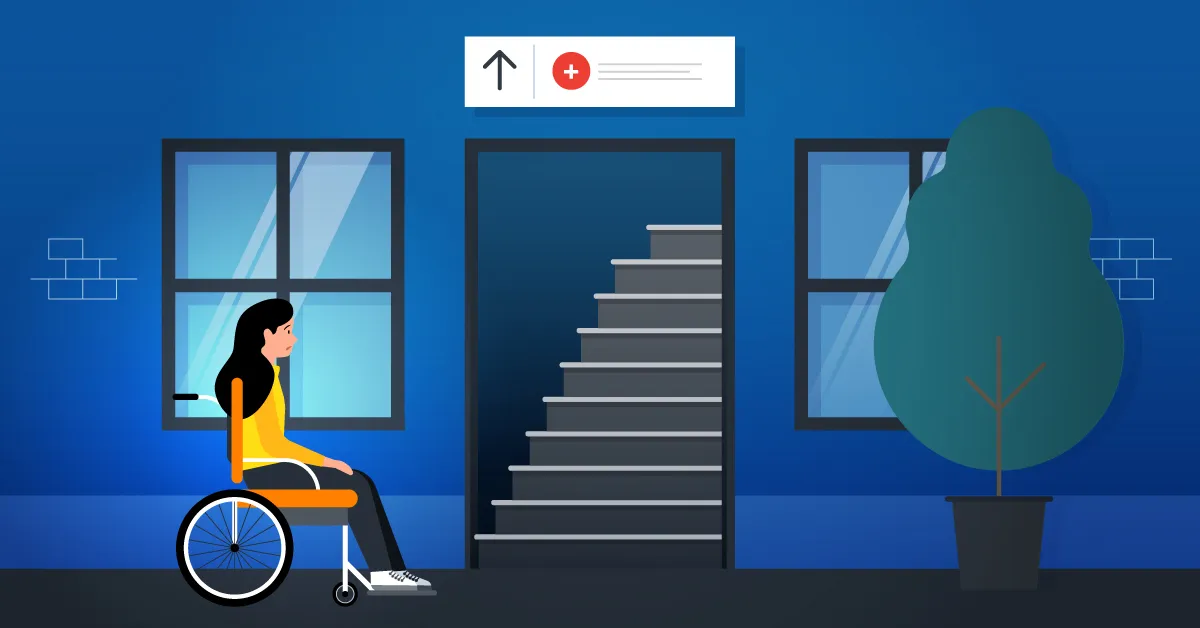Introduction
Managing uninsured patients can present challenges for chiropractic practices, especially when it comes to billing and reimbursement. While providing care to uninsured patients is important, practices need to have strategies in place to ensure they are compensated for their services. In this blog post, we’ll explore strategies for managing uninsured patients in chiropractic medical billing.
Establish Transparent Pricing
One of the first steps in managing uninsured patients is to establish transparent pricing for your services. Clearly communicate your fees upfront so that patients are aware of the costs before receiving treatment. This can help avoid misunderstandings and disputes over billing later on.
Offer Payment Plans
To make chiropractic care more accessible to uninsured patients, consider offering payment plans. Payment plans allow patients to pay for their treatment over time, making it more manageable for them financially. Be sure to outline the terms of the payment plan clearly and obtain written agreements from patients.
Provide Discounts for Prompt Payment
Encourage prompt payment from uninsured patients by offering discounts for payment at the time of service or within a certain timeframe. This can incentivize patients to pay their bills sooner and help improve your practice’s cash flow.
Explore Charity Care Options
For patients who are truly unable to pay for their care, consider offering charity care. Charity care programs provide free or discounted services to patients in need. Establish criteria for eligibility and ensure that patients understand the application process.
Utilize Sliding Scale Fees
Sliding scale fees adjust the cost of services based on a patient’s income and ability to pay. This can help make chiropractic care more affordable for uninsured patients while still ensuring that your practice receives some compensation for its services.
Educate Patients on Insurance Options
Educate uninsured patients about their options for obtaining health insurance coverage. Provide information on public health insurance programs, such as Medicaid, and help patients navigate the enrollment process if needed.
Verify Patient Eligibility for Discounts
Before offering discounts or charity care, verify the patient’s eligibility. Ensure that patients meet the criteria for discounted or free services and document this information in their records.
Conclusion
Managing uninsured patients in chiropractic medical billing requires a thoughtful approach that balances compassion with financial sustainability. By establishing transparent pricing, offering payment plans, providing discounts for prompt payment, exploring charity care options, utilizing sliding scale fees, educating patients on insurance options, and verifying patient eligibility for discounts, practices can effectively manage uninsured patients while ensuring that they are compensated for their services. By implementing these strategies, chiropractic practices can continue to provide quality care to uninsured patients while maintaining financial viability.





